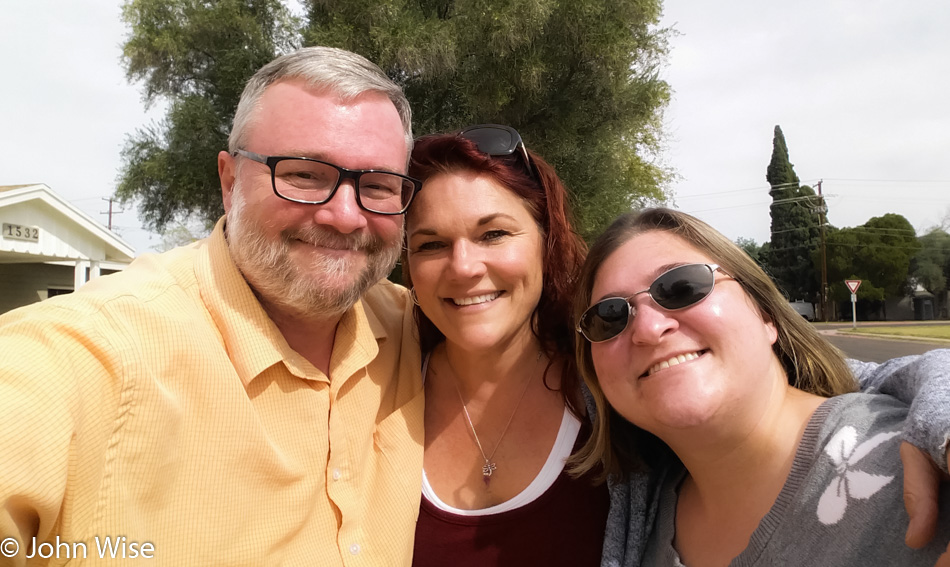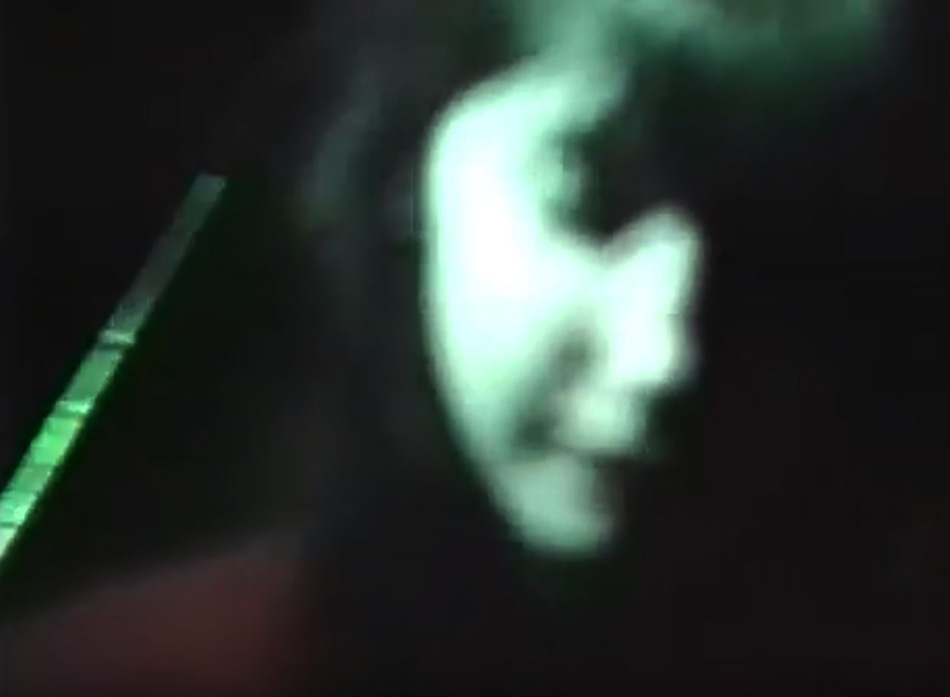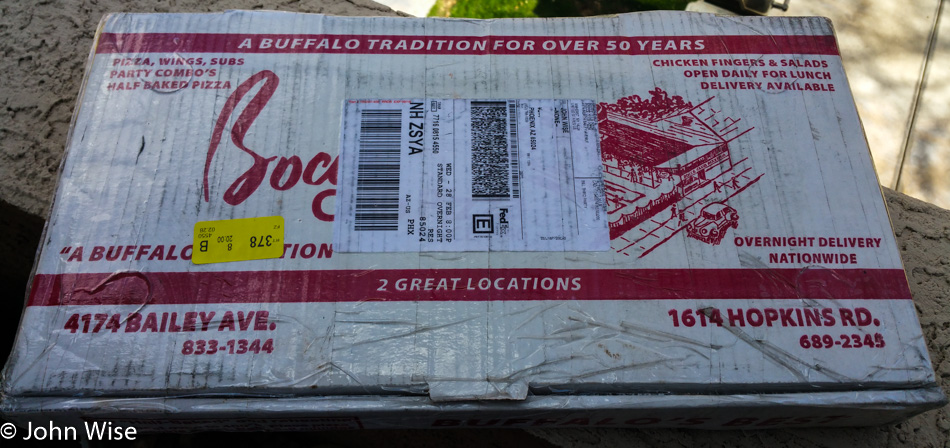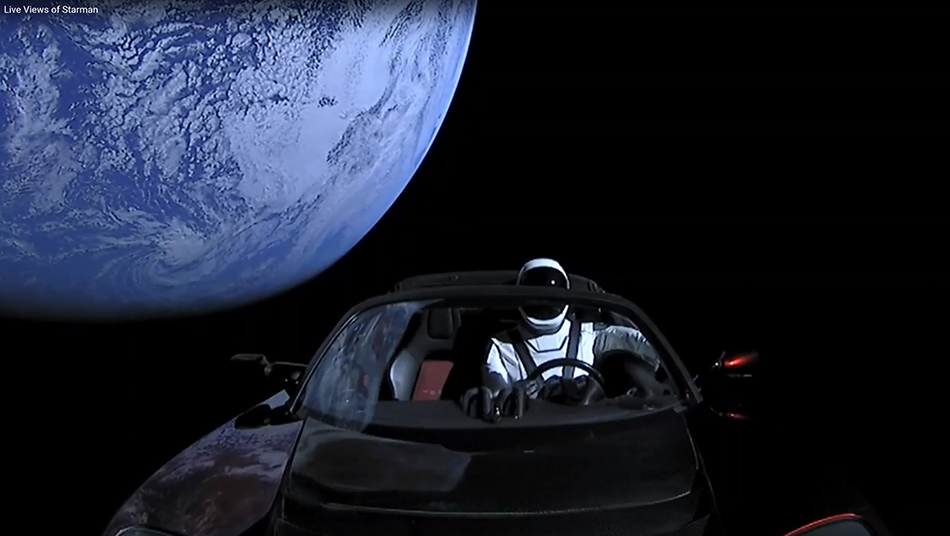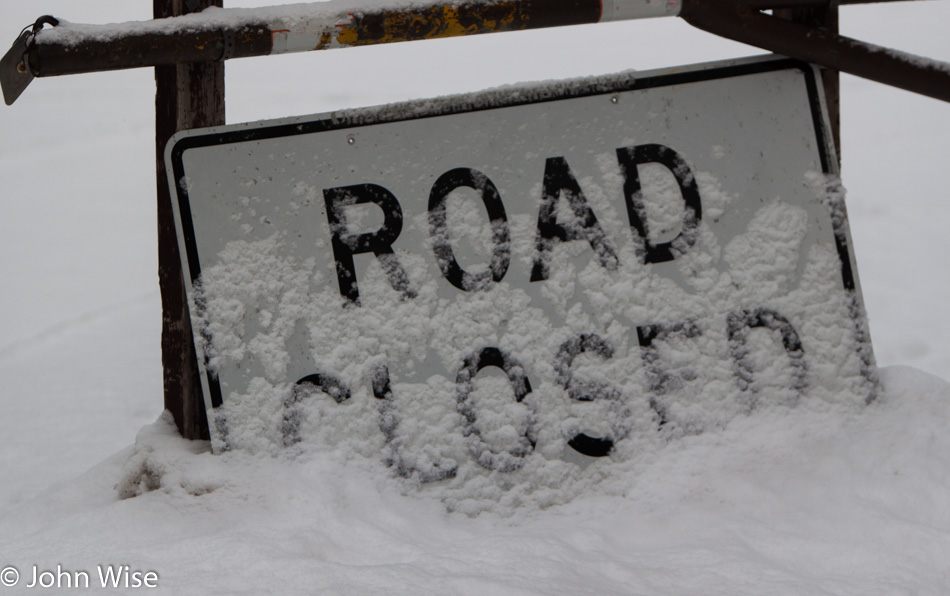
Recalcitrance to change and the desire to return to some idyllic time that, in truth, never existed outside of one’s perception is, in my opinion, a recipe for disaster. Fear is likely the driving mechanism behind opposition to change. With change comes the potential to find one’s self on the wrong side of adaptability and yet everyone is changing all the time. After a long stagnation period where the intellectual rigor that should have been applied to one’s life is recognized as having been deeply neglected, the individual empowered by groupthink is likely becoming self-aware at a subconscious level of their disadvantage. Rather than push forward with the intention to do better, they find themselves joining the populist opinion that they are not wrong but instead, find blame in those ready to greet the uncertain future with gusto.
This type of thinking is a waking nightmare encouraging a population to march toward disintegration. History has witnessed previous epochs where the tide was moving to shift a people forward, but those in power were fearing being left behind. So they grab hold of that negative mindset and harness it to bring others into a false knowledge that their way of life is about to be destroyed. Too many join in the fear of those who are stealing their comfort and confidence.
Today, that fear is represented by the very thing that has brought us out of the stone age and is catapulting us out of the industrial age: technological progress. The Enlightenment opened the doors of technological creative processes that enabled humanity to discover and gaze upon the infinitesimally small found in the world of molecules and particles to the phenomenally large as represented by the scope of the universe and breadth of time.
Instead of strong leadership trying to guide those getting lost in fear and continued ignorance, many in those trusted positions are pandering to them, allowing too many to remain passive in a sidelined role. Might this be the more desirable outcome? Could the powers that be understand that there is no hope for those who have already deeply habituated intellectual lethargy where their stasis may as well be a 100-ton iron weight anchoring them to their own ignorance? Is the road ahead truly closed for those who fear the future?
What of those who embrace change but now fear that governments and societies are endangering progress by this acceptance of a status quo? Do these anti-change forces who would like to see a reversal of globalism endanger everyone’s future? Once the image was captured of our blue planet floating in the void and was witnessed by humanity, many realized that all that matters and all those we shall know to share the same little orbiting rock, and we’d better learn to get along. That unspoken acknowledgment of being of the same species in a shared space has delivered global commerce, communication, and awareness of an environment that must support all of us.
The physical environment is only part of the equation that includes our intellectual environment as well. We are in a symbiotic relationship not only with one another but with the sky, land, water, and the rest of life surrounding our existence. We evolved to this point in our journey from that well-balanced symbiosis with nature and our learning how to adapt to changing conditions. Normally, though the conditions required us to primarily employ our instinctual and physical strengths, today, it is largely intellectual. We now need to muster the mental strength to see our way through the cognitive morass of our own making.
The path we’ve taken started accelerating during the past 300 years through the relationship afforded by the cooperation of economic and political systems, enabling science to make strides that have brought us to this point in our technological modernity. At every step, we have encountered hurdles and branches that each generation had to negotiate. At this juncture where we are beginning to evaluate our own role in an automated environment that may free us from manual labor, we must start asking ourselves and our leadership what our continued role might entail when a robot or an A.I. is performing our job.
I, for one, do not see a dystopian future because where politics, economics, and science laid a foundation, I believe we are at the precipice where a safety net called creativity, as defined by our work in the arts, is ripe to harness this foundation and use it as a springboard into the next stage of human activity.
To be creative is to open oneself to embarrassment and failure as defined by those who have gone before us where fame and fortune eluded them. Often, though, this perception of failure was due to the circumstances of the age where a population wasn’t ready to assimilate the creative message being offered. Also in previous times, the tools were considered the domain of those who could afford them and who had the idle time to explore their uses before finding mastery and a benefactor who could support their ambitions.
Today, we have digital tools that offer us infinite canvas space, endless paint supplies, the sound of every instrument ever created, and millions more that are yet to exist. Cameras embedded in our phones, along with the internet, allow anyone to be a broadcaster. We are learning what influencers are all about. Video games are becoming a professional sport, with millions watching the streaming events on a myriad of devices. Our books, too, are delivered electronically, and images are attached to memes that will never let us forget the grumpy cat. A good majority of our commerce is already transacted online; it will be a small step to visit off-world alien malls constructed in virtual reality.
What if all of this is just the tip of the iceberg? How will technologies such as continued miniaturization leading to more power-efficient portable tools, virtual and augmented reality, and the greater reach of communication combined with the convenience of blockchain-enabled services impact our individual ability to attract our own audience and provide us with purpose when the traditional workforce is rapidly changing?
From here we must ask ourselves how will our social contract evolve following this transition from passive consumption and purpose defined by our jobs to active participation and the rewarding of our creative abilities. How do we start this conversation and bootstrap these emerging industries should it, in fact, be a course of travel we recognize as being one of our more viable paths at this crossroads in the human journey?
